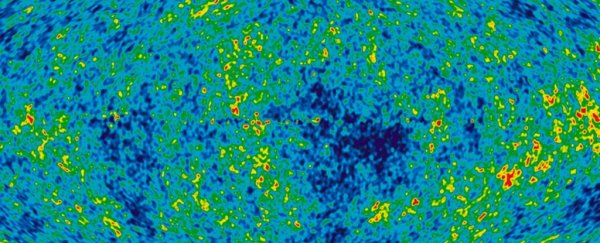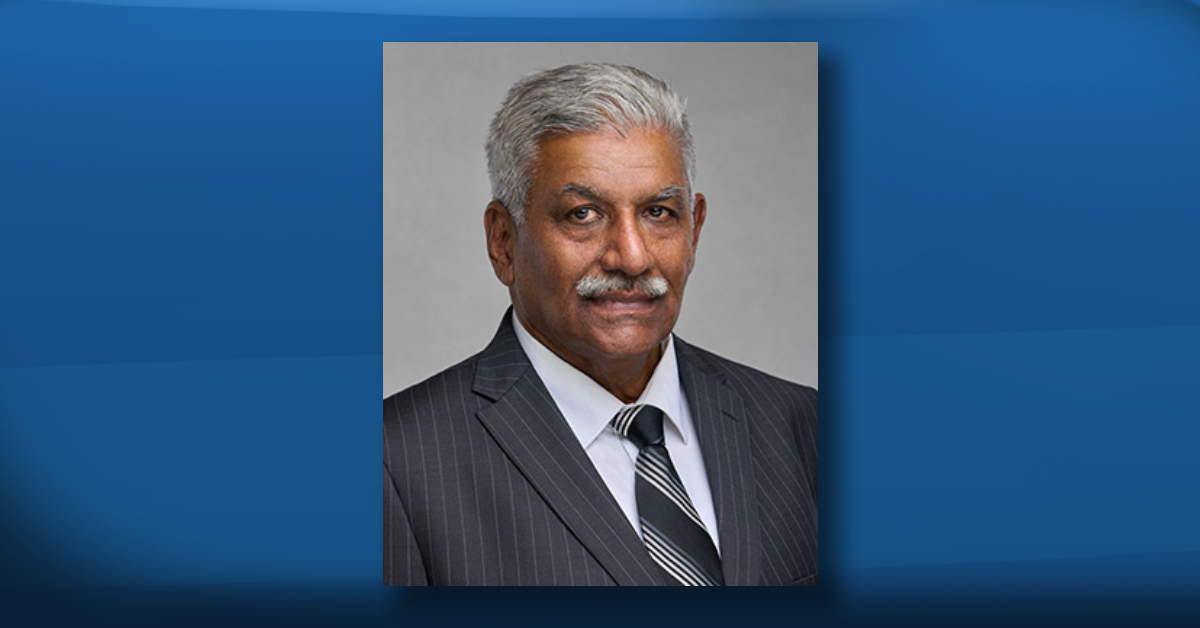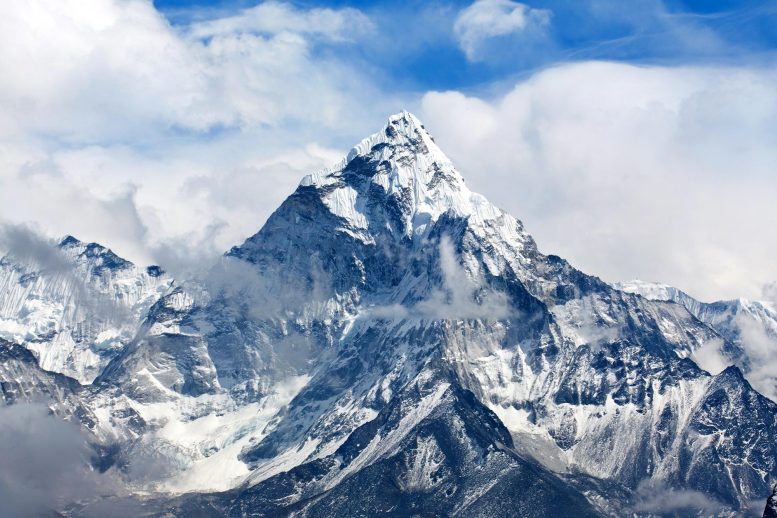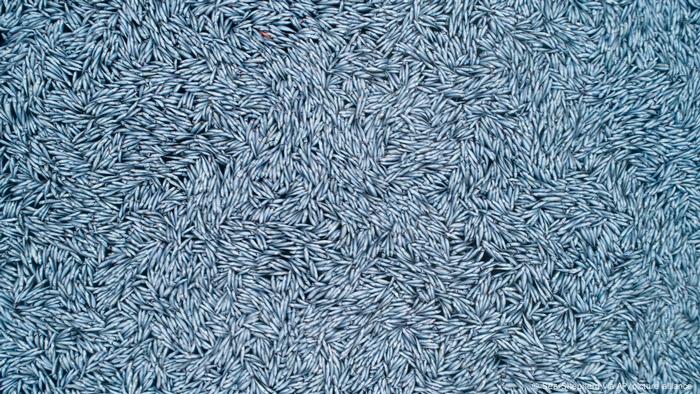Losing amphibian diversity also means losing poison diversity
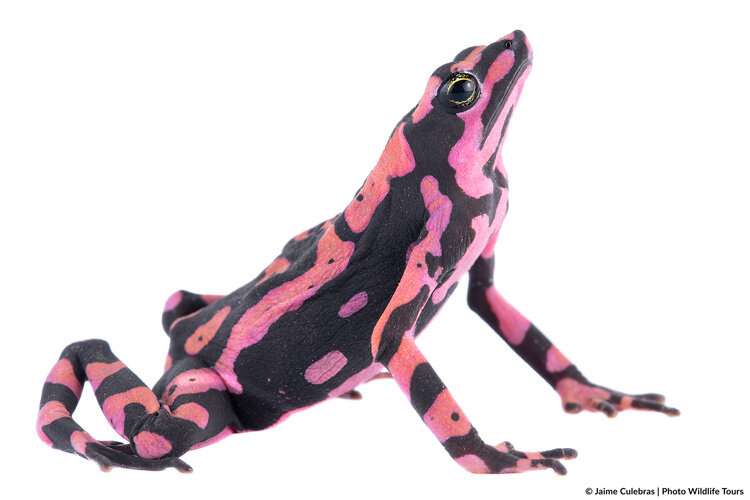
While frog and salamander declines worldwide have made scientists outspoken about the need to preserve amphibian genetic diversity, two University of California, Berkeley, biologists emphasize another important reason for conserving these animals: Their poisons.
In a recent review of an endangered group—the colorful, yet poisonous, harlequin toads of Central and South America—Rebecca Tarvin and Kannon Pearson emphasize how little is known about the toxins these animals produce or sequester, or why they have them at all. Yet, of the 113 known species of harlequin toads, most are in decline, and a quarter may already be extinct.
Given that animal toxins have proved to be a useful source of pharmaceuticals—drugs already on the market derive from snake and snail venom, while toxins from the pufferfish, centipede and scorpion are in trials—inspiration for new drugs will be lost, along with the animals.
"In Central America, there's nine species of Atelopus, and seven of them have been assessed for toxin diversity and quantity," said Tarvin, UC Berkeley assistant professor of integrative biology. "But the majority of the Atelopus species actually live in South America, where a minority of the studies have been done. There are entire countries, like Bolivia and Guyana, where not a single species has been assessed. We don't know of any reports of whether Indigenous people use them. We don't know if they're toxic or not. One of the takeaways from our paper is that by losing these animals, we're probably losing some chemical diversity, as well. They have some toxins that are found nowhere else in the world."
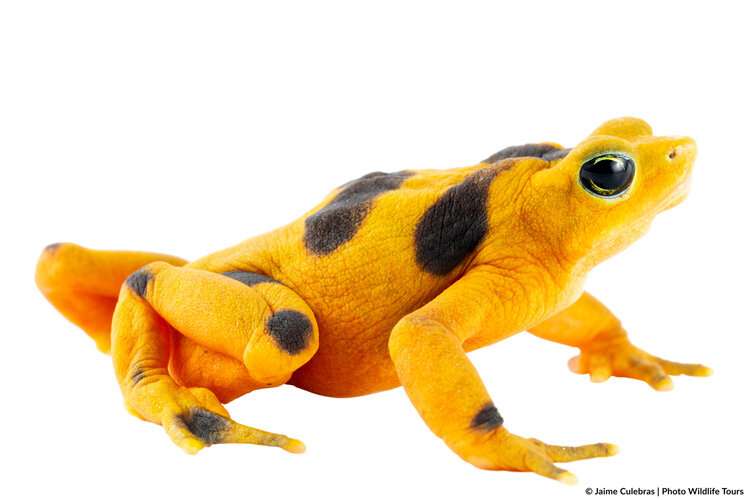
Tarvin's main interest is how poisonous animals, which range from monarch butterflies and shellfish to snakes and frogs, evolve to synthesize toxins, eat toxic plants and animals and sequester their poison, or host toxin-producing bacteria, all without succumbing themselves to the toxins. Some species of harlequin toads are unusual in the animal kingdom in having toxins of different origins: They host skin bacteria that produce toxins, such as tetrodotoxin, but the toads also synthesize their own toxins, including chemicals known as bufadienolides (bufo is Latin for toad).
"One of the very first research projects I did was with Atelopus toads in Ecuador, and I just love them," said Tarvin, who also is assistant curator of herpetology at UC Berkeley's Museum of Vertebrate Zoology. "But from a scientific perspective, there's a lot that's unknown, and they are a huge conservation concern. So, I feel like they're kind of a priority. Some of the species are doing fine, but they were really hit hard by chytrid (a fungal disease). A lot of species were completely wiped out."
A 2005 survey found that of 53 Atelopus species with sufficient data, 81% were in decline, and 56% were possibly extinct. One harlequin toad, the Panamanian golden frog (Atelopus zeteki), is extinct in the wild, but its last members were rescued and are being raised in captivity so they can later be reintroduced into the wild. Degradation and loss of habitat, but also chytridiomycosis, or chytrid, have been implicated in these declines.
Tarvin and Pearson, who led the paper as an undergraduate transfer student and now is a graduate student in Tarvin's lab, will publish their review in the March issue of Toxicon: X, the official open-access journal of several international societies that study animal, plant and microbe toxins. The article appeared online Jan. 22.
Once abundant toads now rare
To graduate student María José (Majo) Navarrete-Méndez, the rapid disappearance of harlequin toads became real only after she discussed them with her grandparents. As recently as the 1980s, at their farm in the province of Imbabura, Ecuador, the family used to see the colorful toads—they called them jambato—all the time. Today, Navarrete said, you're lucky to stumble across any.
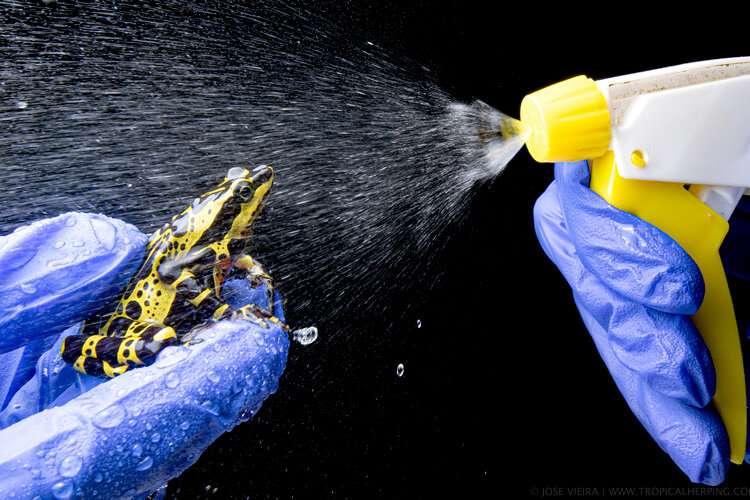
While chytrid is likely one cause of their disappearance, she thinks that habitat destruction was and is a major threat today. The longnose harlequin toad (Atelopus longirostris), a photo of which was shared on Instagram this week by actor and environmentalist Leonardo DiCaprio, is at the center of protests against the environmental destruction of a planned mine in Ecuador's Intag Valley.
The beauty, yet vulnerability, of these toads convinced her to study them and their toxins after she joined Tarvin's lab a year ago, fresh from the Pontifical Universidad Católica del Ecuador in Quito, the capital, where she obtained her undergraduate degree.
"My grandparents lived in the countryside—they were campesinos—and they remembered that (the toads) were extremely abundant," said Navarrete. "I started realizing that we are in a race against time, and if it is not me, and if it is not now—we still have them available, and we have the technology and the resources to study them—it might be too late later."
In the new study, with which Navarrete was not involved, the UC Berkeley researchers searched published papers and found studies of the toxins of only 16 harlequin toad species out of 113 known species. About half of these toads contained toxins known as guanidinium alkaloids, such as tetrodotoxin and a toxin, zetekitoxin, which was first identified in the Panamanian golden frog. It's been estimated that the skin of a single Panamanian golden frog contains enough toxins to kill 1,200 mice. Tetrodotoxin is also produced by pufferfish, which are eaten very carefully in Japan as the delicacy fugu, despite the fact that its organs contain deadly amounts of the poison.
These toxins, Pearson said, are likely produced by bacteria living on the skin, though that claim has yet to be proven for most amphibians known to harbor tetrodotoxins.
Four harlequin toad species contained bufadienolides, which are cardiac glycosides that are synthesized by the frog itself. Cardiac glycosides interfere with the sodium/potassium pump in cells and can cause cardiac arrest, among other symptoms.
Using the new survey as background, all three researchers plan future studies of Atelopus, both in South America and in Tarvin's lab at UC Berkeley, to understand whether and how the toads produce these poisons and what they use them for. While the toads' bright colors imply that they're toxic and serve as a warning to predators, not all Atelopus may contain toxins. And, Tarvin said, the toxins may have other uses: To protect the toads from disease, including perhaps the chytrid fungus, to help them communicate with others of their species, or to indicate a toad's reproductive fitness.
Navarrete noted that related research on the tetrodotoxin produced by a California salamander, the rough-skinned newt (Taricha granulosa), may also shed light on how amphibians acquire the bacteria on their skin that make these poisons.
"The most important reason for me to study them is that they are almost gone. If there is something that we can do to help them recover or to learn more from them before they become extinct, we have to do it. It's our responsibility," Navarrete said.
Several conservation groups have sprung up to help preserve the toads, including the Atelopus Survival Initiative. And some supposedly extinct species have been rediscovered. Yet, the fate of the genus remains uncertain.
"Despite the excitement and interest in these animals, we know almost nothing about their chemical defenses, and that appears to be pretty key. Atelopus extinctions threaten the loss of undescribed toxin diversity," Pearson said.Invasive cane toads found to use cannibalism to improve their chances of survival in new areas
More information: Kannon C. Pearson et al, A review of chemical defense in harlequin toads (Bufonidae: Atelopus), Toxicon: X (2022). DOI: 10.1016/j.toxcx.2022.100092
Provided by University of California - Berkeley
